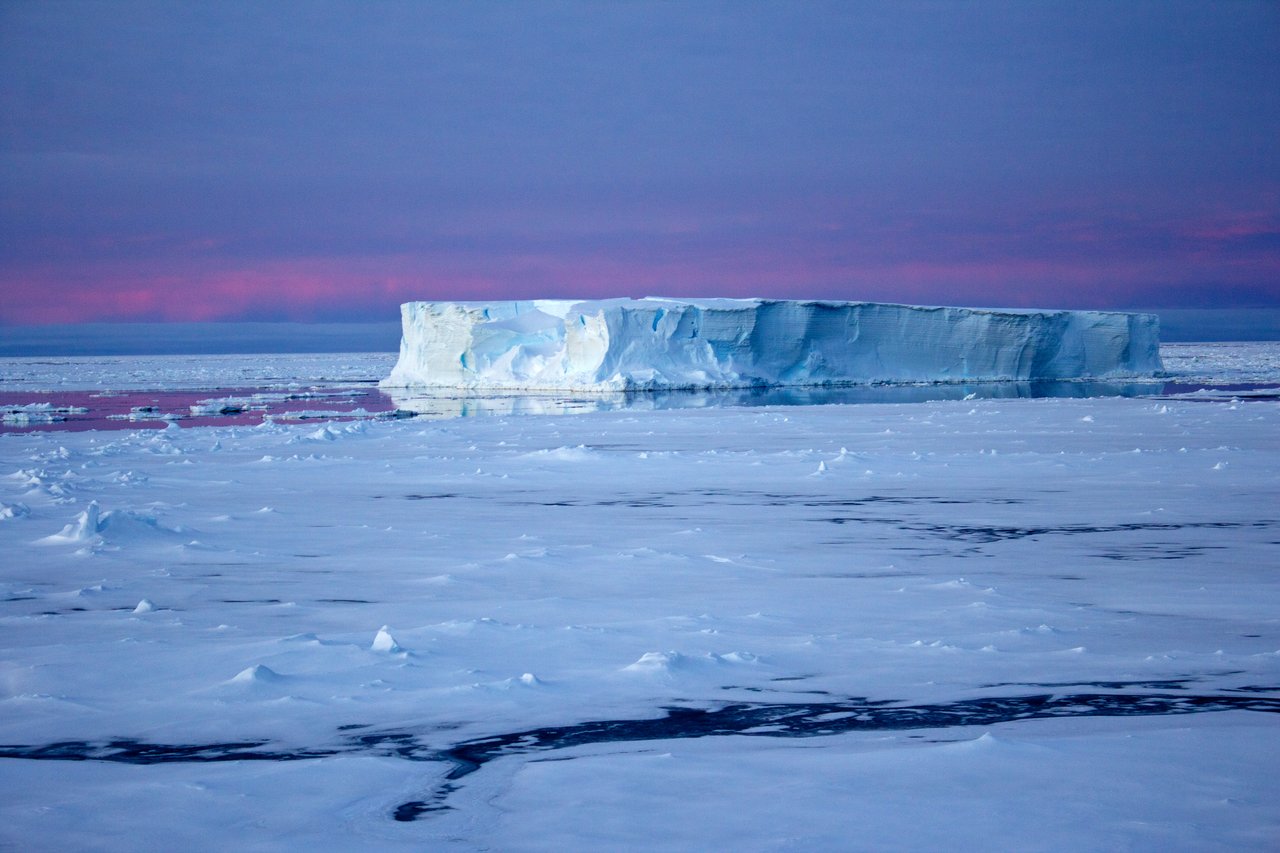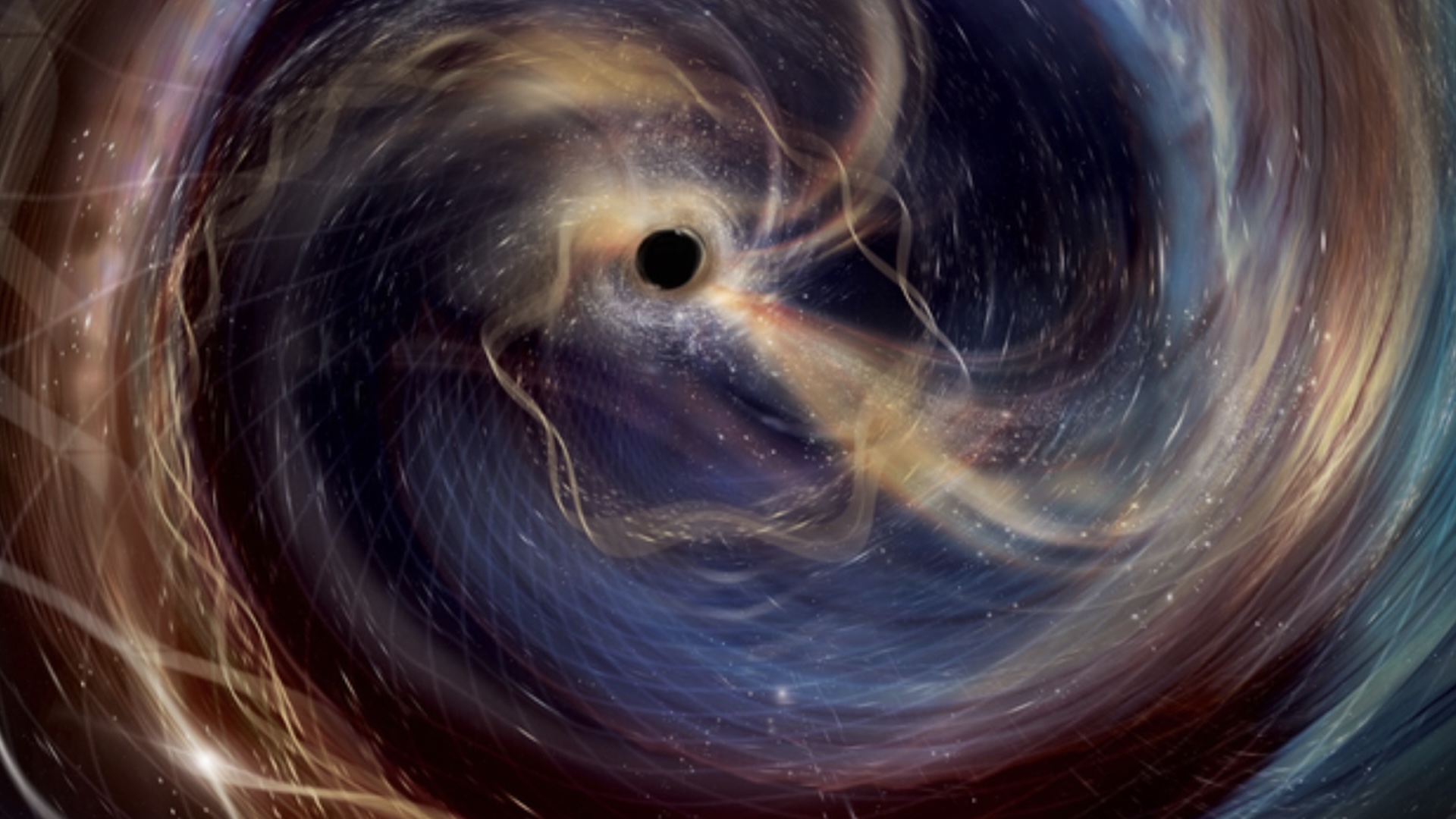Is Antarctica Really Getting Icier? New Study Sparks Debate

As Arctic sea ice vanishes at an alarming rate, scientists have reported a surprising finding in Antarctica. There, sea ice seems to be expanding.
A new study, however, suggests that Antarctic sea ice might not be expanding as much as previously thought. According to this view, the trend toward expansion might be an error introduced by a recalibration of how satellite data is processed.
"This ostensibly minor update in 2007 that was not believed to have caused any notable difference in the trend caused this big jump," said study researcher Ian Eisenman, who studies climate dynamics at the Scripps Institute of Oceanography at the University of California, San Diego. [Album: Stunning Photos of Antarctic Ice]
Eisenman's view is contested, not least by the scientist at NASA's Goddard Space Flight Center in Greenbelt, Maryland, who developed the algorithm that is being criticized in the new study.
"The apparent expansion is real and not due to an error in a previous data set uncovered by the Eisenman et al paper," that scientist, NASA's Josefino Comiso, wrote in a response to the new study that he sent to Live Science. "That error has already been corrected and the expansion being reported now has also been reported by other groups as well using different techniques."
Sea ice enigma
Arctic sea ice has been retreating rapidly for as long as satellites have been monitoring it. Since 1979, about 580,000 square miles (1.5 million square kilometers) of Arctic sea ice have disappeared, according to Yale Climate Connections, a climate news and information service that is part of the Yale Center for Environmental Communication. All told, about 40 percent of Arctic ice by volume has disappeared since about 1980. Scientists now think the Arctic could have ice-free summers by the end of the century, or possibly within the next few decades.
Get the world’s most fascinating discoveries delivered straight to your inbox.
In contrast, Antarctica's sea ice is hitting record highs, reaching an extent of 7.53 million square miles (19.5 million square kilometers) in September 2013, according to National Snow & Ice Data Center (NSIDC) records. Even in a warming world, it's not surprising that Antarctica might see growing ice; winds and ocean currents play a huge role in where ice does and does not form, and Antarctica's circumpolar winds push freezing air from the North Pole toward the sea. [Images of Melt: Earth's Vanishing Ice]
Sea ice influences the climate by reflecting heat back into space; less ice means less reflective capacity, and potentially faster warming. Sea ice also influences ocean circulation, which in turn can have major climate effects. Wildlife such as Antarctica's Weddell seals and the Arctic's polar bears, also depend on sea ice for shelter and as foraging grounds.
Scientists measure sea ice using satellites that detect microwaves coming from the Earth's surface. Sea ice gives off greater microwave emissions than the open ocean, though the temperature of the planet's surface complicates this calculation. To compensate, measurements are taken at multiple frequencies and polarizations. Even then, it can be a challenge to differentiate between land, open ocean, melt ponds and very thin ice — and to stitch together records from multiple satellites orbiting at different times across the years.
Calibration controversy
It's this calibration that is at the center of the current Antarctic ice controversy. Eisenman was working on trying to figure out why Antarctic ice would be expanding when he noticed that pre-2007, most papers reported fairly stable Antarctic sea ice. It seemed to be neither growing nor shrinking. After 2007, however, the trend toward expansion took off. (In contrast, Antarctica's land ice, particularly in West Antarctica, is melting very quickly.) [50 Amazing Facts About Antarctica]
"It's widely assumed in the research community that this was due to adding several additional years to the sea ice record," Eisenman told Live Science. But looking across the years, he said, it didn't make sense that the trend would only become visible with those additional records.
Further digging revealed that in 2007, there had been a change in the way ice data was processed using the "Bootstrap" algorithm, which was developed by Comiso and which is a popular algorithm for stitching together disparate satellite measurements. The change affected the dataset going back to December 1991, when a new satellite sensor replaced an old one, and the calibration between the two introduced a bump in the data – a change large enough to drive the trend toward ice expansion seen in recent work drawn upon in the Intergovernmental Panel on Climate Change (IPCC) 5 report of 2013. IPCC assessments, which are released every five or six years, summarize the science of climate change and the related environmental and socioeconomic impacts.
The IPCC 4 report of 2007 reported no trend toward expansion or shrinking of Antarctic ice. This was appropriate at the time, Eisenman said, as was the IPCC 5 report noting the trend toward expansion. The IPCC's job is to assess the current state of the science, he said.
"This is about a change in the state of the science, and an error in terms of either where we are or where we were, but in our analysis we didn't find any error in what was done by the IPCC reports," he said.
Extra ice?
Eisenman said his findings have introduced two possibilities. One is that the new, updated dataset is wrong. In that case, Antarctic ice would be expanding, but not nearly as quickly as scientists believed — the seeming trend would be largely a side effect of the data-processing change.
"In this case, the implications are pretty straightforward," he said. "It would mean that our estimates of the ice expansion have been too large, and this enigma in terms of why the Antarctic sea ice is expanding despite a warming globe and retreating Arctic sea ice would be overestimated."
Alternatively, the new dataset might be right, with the error lurking in the pre-2007 version. In that case, studies that have used that version of the data would need to be reassessed, Eisenman said.
Comiso agrees that a change in the Bootstrap algorithm introduced bias into the data. However, he contests the new findings, which are published today (July 22) in the journal The Cryosphere. The changes made in 2007 improved the algorithm and corrected problems, he told Live Science. The satellite data, updated using this correction, shows large increases in Antarctic sea ice, and other groups who have examined the data using different techniques have come up with similar findings, he said. In other words, Comiso believes that version two of the dataset, adjusted after 2007, is correct, reflecting a real increase in Antarctic ice, and that the error was in version one.
"The sea ice extent showed basically no trend in the earlier period because the inter-annual changes in extent were more uniform and the errors were large," Comiso said. In recent years, he said, the longer record and better quality control has yielded a more trustworthy dataset — and one that shows more extensive ice cover.
"The trend in extent in the Antarctic sea ice has been shown to be positive in different publications," he said. "It is even more positive now than ever, and the Eisenman et al paper is providing a misinformation instead of a resolution."
Eisenman and his colleagues are now working to find the elusive error. It's tougher than it seems. The month-to-month variability in the data masks the leap, he said, so it's difficult to tell which dataset holds the mistake. A few initial tries, including comparing the Bootstrap algorithm versions to another popular algorithm, called NASA Team, failed to illuminate a smoking gun, Eisenman said.
"Whatever the root of this ends up being, I highly doubt it was anything egregious," he said. "We're working with nuanced datasets here, trying to make long-term measurements with multiple instruments, none of which are directly measuring what we want."
Follow Stephanie Pappas on Twitter and Google+. Follow us @livescience, Facebook & Google+. Original article on Live Science.

Stephanie Pappas is a contributing writer for Live Science, covering topics ranging from geoscience to archaeology to the human brain and behavior. She was previously a senior writer for Live Science but is now a freelancer based in Denver, Colorado, and regularly contributes to Scientific American and The Monitor, the monthly magazine of the American Psychological Association. Stephanie received a bachelor's degree in psychology from the University of South Carolina and a graduate certificate in science communication from the University of California, Santa Cruz.
